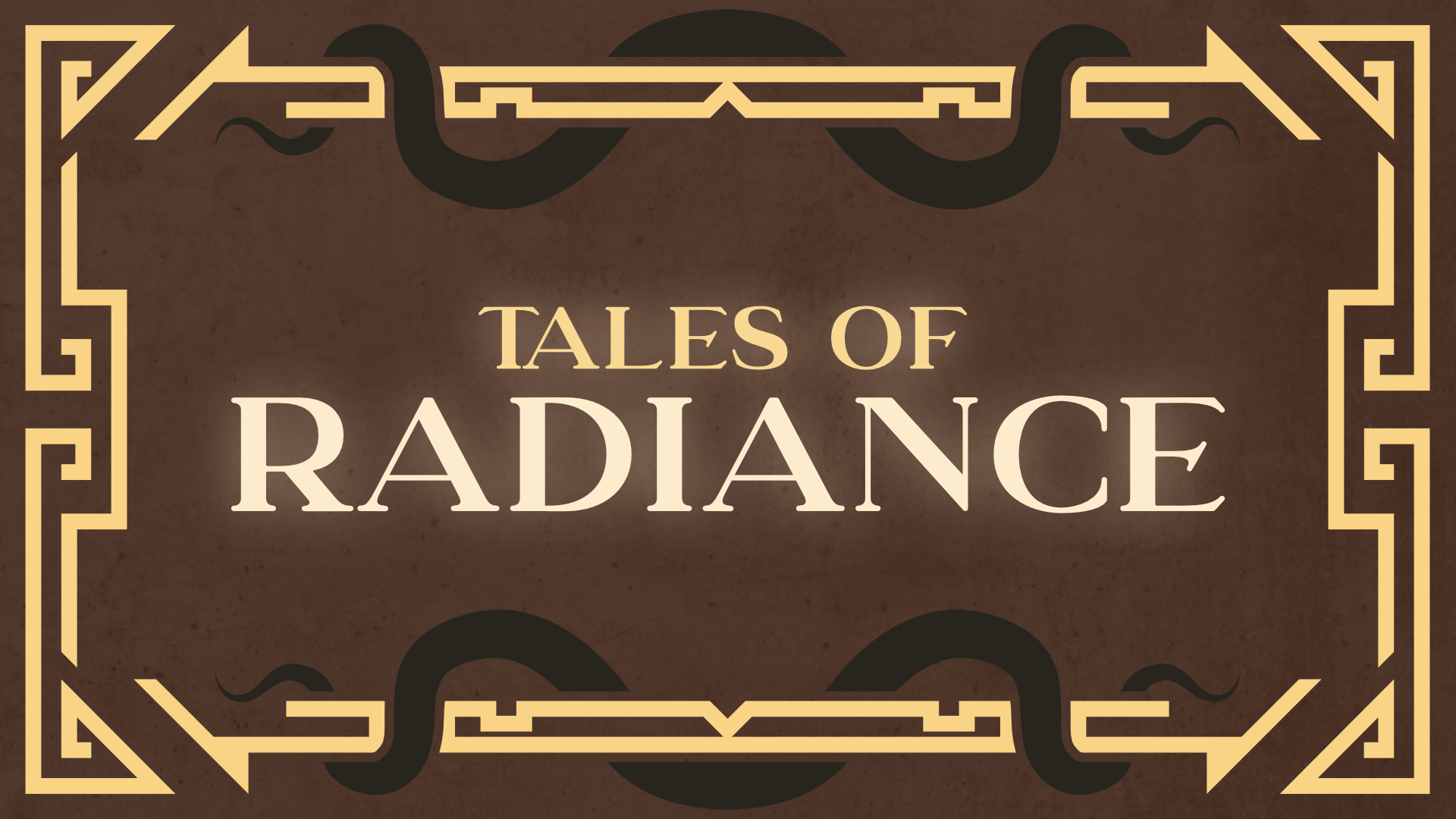Stone Crawler
The thing may look like a crab, but nothing I hit with can get through that shell or stone. - Defeated FishermenAmong the southern Embera's coastlines, a peculiar creature lives on a shore that most people will often mistake for a rock or stone. It is far more enjoyable, for rocks don't have legs they walk around on. This many-legged rock is actually a crab, simply known as a Stone Crawler, due to the fact that it makes its home in rocky areas near the sea. Along with the fact that their shell is as hard as a literal rock, making it difficult for most things to eat them, the whole rock get-up works well, too, as it is challenging to find them at times.
Basic Information
Biological Traits
Strong Shells: These creatures have strong shells that can withstand tremendous amounts of force without suffering injuries internally.
Regneration : These creatures can regrow limbs should they lose them to injury.
Genetics and Reproduction
Stone Crawlers lay clutches of eggs every summer that blend with the sand on the beach shore to protect them from predators.
Growth Rate & Stages
Most Stone Crawlers in their youth have much softer and lighter shells, making them more vulnerable to predators, not having their harder shells until they reach adulthood.
Ecology and Habitats
Stone Crawlwers make their home in coastal regions in shallow reef areas. They migrate up and down the coast to follow warm water currents and hunt fish and other tiny sea life on which they can get their claws.
Dietary Needs and Habits
Stone Crawlers are carnivorous by nature, eating anything smaller than them or scavenging carcasses that are in their vicinity.
Additional Information
Geographic Origin and Distribution
Most Stone Crawlers make their homes on the southern coasts of Embera, where the water is warm and has many rocky places to live in.
Average Intelligence
While not showing any natural intelligence, Stone Crawlers know how to blend into their environment to hide from predators that can break their shells and ambush their prey by standing perfectly still.
Lifespan
40 - 50 Years




Comments